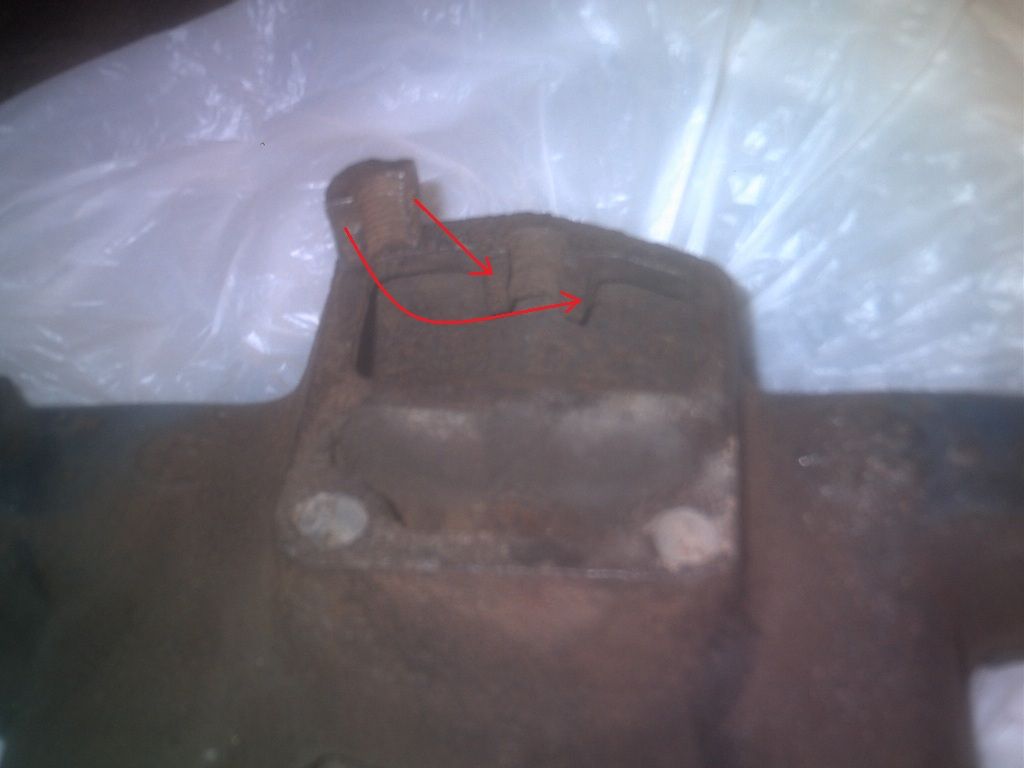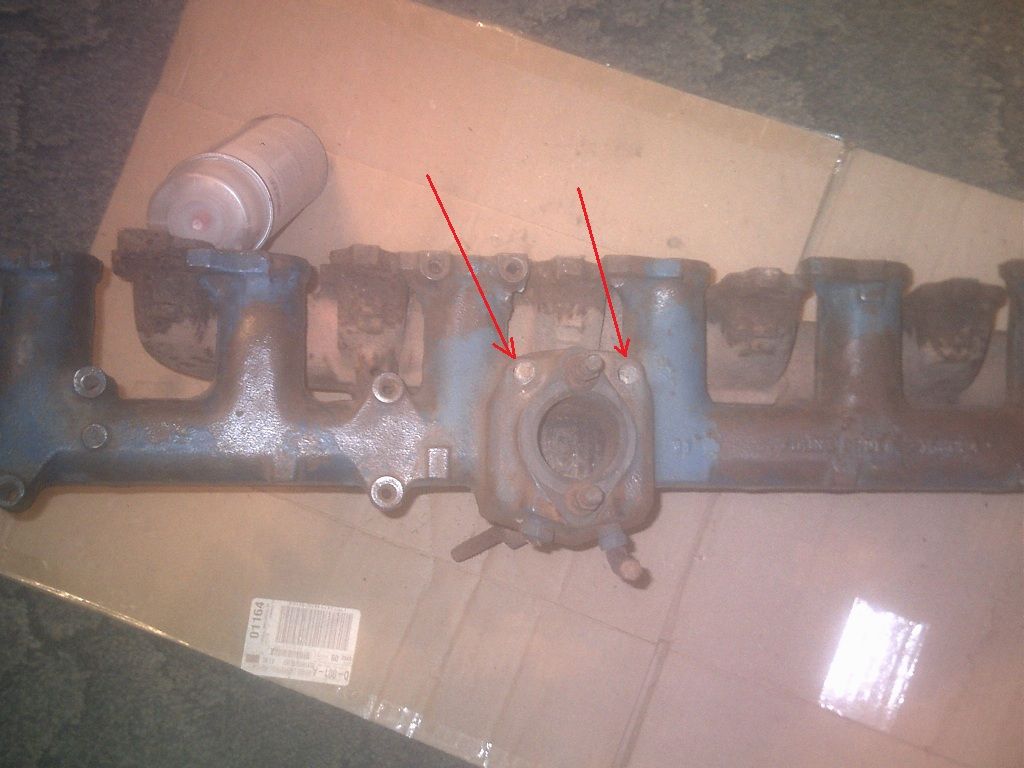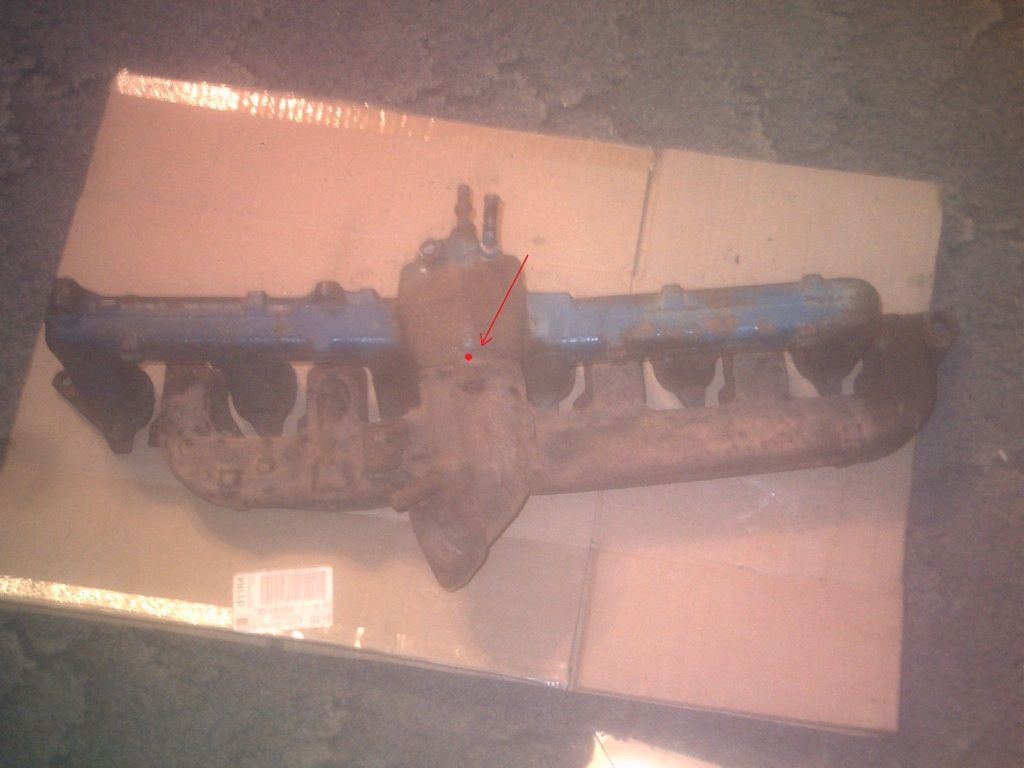Snake oil alert.
Very plainly put, what is being said here is total BS. This is no miracle process. You are either brazing cast iron, soldering it, or welding it.
If you are brazing or soldering, the rod has a lower melting temp than the cast iron and the repair is through adhesion of the filler to the base metal. Solder is a lower temp operation and doesn't have quite the stickiness of brazing. A properly brazed repair will have an adherent layer that is stronger than the cast iron itself in tension. If you properly braze cast, you can take a chisel and peel the bronze away, but it will take the cast iron with it, just like a good glue joint in wood. The part needs to be preheated to around 400 degrees, then brazed, then the torch kept on the part for several minutes and slowly withdrawn. The part should be buried in sand, ashes or lime and allowed to cool very slowly. More massive parts can be air cooled in still air, but something thin like a manifold has to be insulated to cool it slowly.
If you are truly repairing cast iron with cast iron, it is a welding process, where both parts, base and filler are melted, just like any other welding process. The joint is not adherent, but homogeneous... all cast iron. That sounds simple enough and the ideal route to take.... BUT. Cast iron is finicky stuff. Lathe beds and other cast iron wear surfaces are hardened by rapidly cooling cast iron (pouring molten iron against steel chills in the mold to make them cool almost instantly). If you heat cast iron to the melting point and cool it rapidly, you get this effect, which is white iron... hard and brittle as glass. Also, cast iron is VERY weak in tension (white iron even more fragile), so any stresses from welding and drawing will result in a crack as you watch it cool. To weld cast iron as in this manifold, you MUST preheat it to where the entire manifold is glowing a dull red, then keep it that way with a big rosebud or weed burner (assistant operated) while you perform the weld, then keep the heat on it as it cools, finally putting it in a heat treat oven and cooling it slowly over an entire day to ensure it remains soft and malleable throughout. Try to shortcut this and you'll end up with a break, guaranteed.
Arc nickel welding is the same deal. You are heating the area adjacent to the nickel to several thousand degrees with an electric arc and then gobbing in nickel. Now, the nickel is indeed softer and more malleable than iron and will not crak or be hard to machine.... that area right where the nickel joins the iron is going to be hard as hell and brittle as glass. I have had to repair cracks at nickel welds by drilling and tapping bolts to draw the break together.When you hit the white iron, the drill just starts squealing. You will usually have to sharpen the drill at least six or seven times to get through the 1/16" thick hard zone at the base of the nickel. After that, it feels like drilling cast iron again. A proper nickel weld should have the same preheat and post heat as a cast iron weld (doesn't have to get quite as hot or stay red hot during the entire process) or it's going to form white iron and will probably crack as you watch it cool. You also need to peen the hell out of the nickel before it cools with either a hammer or needle scaler to prevent stresses from tearing it out of the iron at the joint.
Now, as you can see, the "castaloy" rods certainly don't fit the welding description, and it's not a nickel rod, so it has to be some form of brazing or solder he's touting as a new process. Following his directions with a can of granular brazing flux and ordinary brazing rod, I will get the exact same result and probably with the same or better strength. That's exactly how you braze cast properly, clean (the acid is his gimmick file or chisel works just as well), preheat, tack, braze, cool slowly.
Being that it is a relatively low temperature operation, it's going to be just as susceptible as brazing to failure at a high temp in your manifold situation. Further, there's almost no way to prevent white iron forming on that ear, even if you braze it. It's so small it is going get to very near the meting temp by the time you get the manifold hot enough to stick. It's going to be hard and brittle and it's very likely going to break off when you try to put a tap through it to restore the threads. It'll certainly break off when you tighten it unless you can face the mating surface in a mill or similar to get it perfectly flat so there is no stress on the ear.
The only way you MIGHT get this to work is to make a steel replacement ear and braze that on. Steel doesn't chill like cast when it cools and is a lot more flexible. Chances are it's not going to hold either, as it'll just break off the manifold further down.
if there was any way to get a steel reinforcement in the broken area, it might hold. I always make a mechanical repair to broken cast iron that is strong enough to hold, then braze over the mechanical fasteners (straps, keys, plates, bolts rivets, screws, etc...) to permanently lock them in place. Works like steel reinforced concrete. I guarantee any cast iron braze repair for life. Never had a failure. Overkill? Maybe, but it works.





